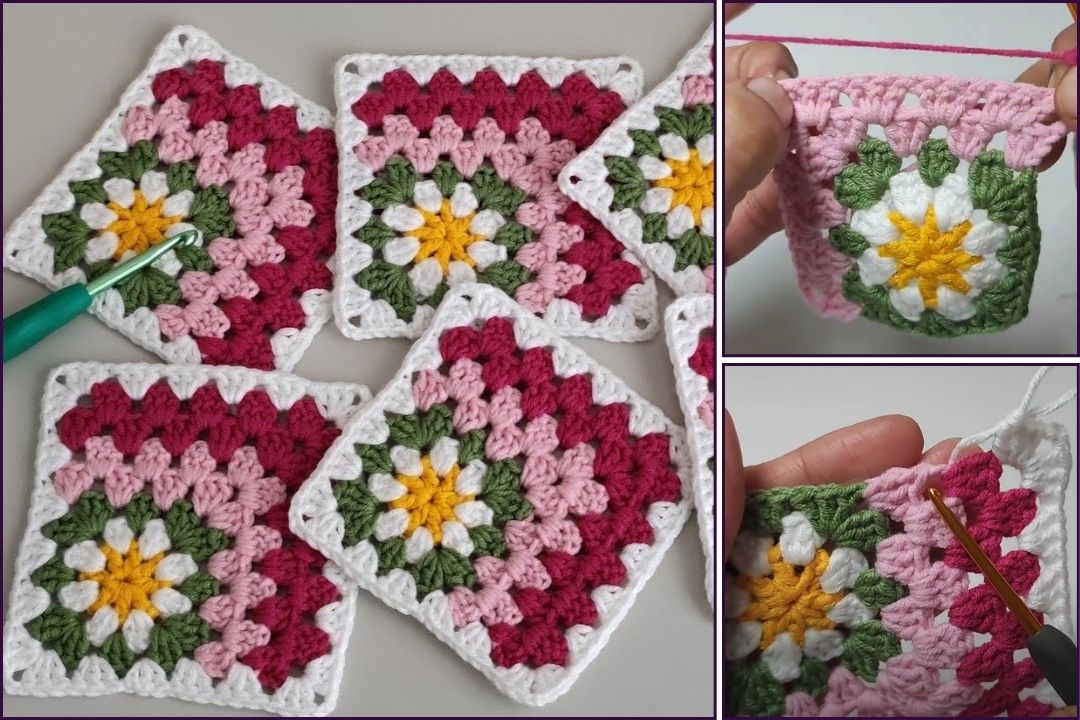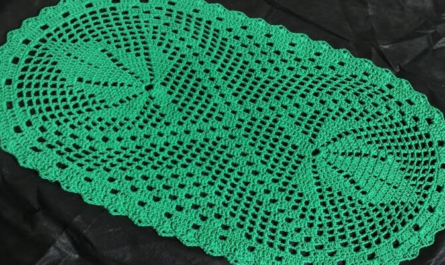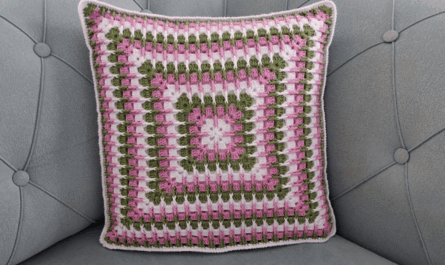Let’s create a beautiful and comforting crochet baby blanket! This project is a timeless classic, perfect for snuggling a little one, giving as a heartfelt baby shower gift, or simply adding a handmade touch to a nursery. We’ll focus on a beginner-friendly stitch that creates a soft, pliable fabric, ideal for delicate baby skin.
How to Crochet a Beautiful Baby Blanket: A Detailed Step-by-Step Tutorial
This comprehensive guide will walk you through crocheting a soft and cuddly baby blanket. We’ll cover everything from selecting the best yarn for sensitive skin to adding a neat border and finishing your cherished heirloom.

Skill Level: Beginner
This project is suitable for crocheters who are comfortable with:
- Chain (ch): The basic foundation.
- Slip Stitch (sl st): For joining rounds (mostly for the border).
- Half Double Crochet (hdc): This is our main stitch for the blanket body; it’s easy to learn and works up quickly while creating a lovely soft fabric.
- Working in rows: Crocheting back and forth.
- Weaving in ends.
Choosing the Best Yarn for a Baby Blanket:
Selecting the right yarn is crucial for a baby project. Prioritize these qualities:
- Softness: The yarn must feel incredibly soft against delicate baby skin. Look for labels like “baby yarn,” “chenille,” “bamboo,” or “merino.”
- Washability: Babies are messy! Choose yarn that is machine washable and dryable (or at least machine washable, lay flat to dry). Acrylic and superwash merino wool are excellent choices for easy care.
- Fiber Content:
- Acrylic: The most popular choice for baby blankets. It’s soft, durable, hypoallergenic, budget-friendly, and machine washable.
- Cotton or Cotton Blends: Breathable, soft, and great for warmer climates, but can be heavier and may take longer to dry.
- Superwash Merino Wool: Incredibly soft and warm, but ensure it’s specifically “superwash” for easy machine washing.
- Weight: DK (Light Worsted / #3) or Worsted Weight (Medium / #4) yarns are typically best for baby blankets. They provide a nice balance of warmth and drape without being too heavy. Avoid very bulky yarns unless a specific pattern calls for it.
- Colors: Pastels (mint, lavender, baby blue, light pink, yellow, cream) are classic choices, but vibrant multi-color schemes or even a single bold color can be beautiful! Choose colors that are suitable for baby’s room or theme.
Finished Blanket Dimensions (Approximate):
A standard baby blanket size is often around 30 x 30 inches (75 x 75 cm) for a receiving blanket, or 36 x 40 inches (90 x 100 cm) for a larger crib blanket. This pattern will create a blanket approximately 30 x 30 inches. You can easily adjust the size by chaining more or fewer stitches for your starting row and adding or subtracting rows.
Materials You’ll Need:
- Yarn: Approximately 800-1000 yards (730-915 meters) of Worsted Weight (Medium / #4) yarn in your chosen color(s). This usually translates to 3-4 standard skeins (each around 200-250 yards).
- Crochet Hook: Size H/5.0mm. This hook size works well with most worsted weight yarns to create a soft, flexible fabric.
- Yarn Needle (Tapestry Needle): Essential for seamlessly weaving in any loose yarn ends.
- Scissors: For cutting your yarn.
- Stitch Markers (Optional): Helpful for marking the first and last stitch of a row, especially when you’re starting out, to ensure your edges stay straight.
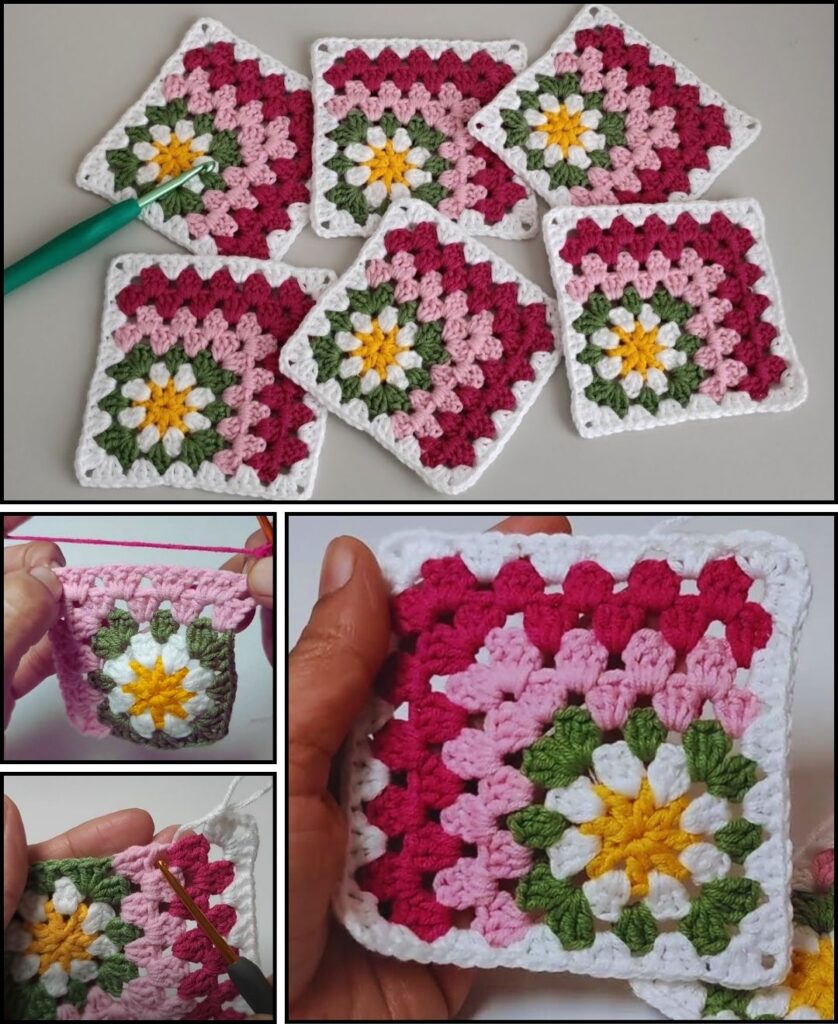
Let’s Crochet Your Baby Blanket!
Part 1: Crocheting the Main Blanket Body
We’ll use the Half Double Crochet (hdc) stitch for the blanket body. It’s a fantastic stitch for blankets because it creates a soft, slightly dense fabric that works up faster than single crochet but is denser than double crochet.
- Starting Chain:
- Make a slip knot with your yarn and place it on your hook.
- Chain (ch) 100. (This will create a blanket roughly 30 inches wide. If you want a wider or narrower blanket, chain more or fewer stitches. Remember that your first row of hdc will be one stitch fewer than your starting chain).
- Chain 2 more (total of 102 chains). This extra Chain 2 will act as your turning chain for the first row of hdc.
- Row 1:
- Work 1 hdc into the 3rd chain from your hook. (Skip the first 2 chains; they count as the turning chain for this row.)
- Work 1 hdc into each chain across the entire row.
- You should have 100 hdc stitches in this row.
- Chain 2, turn. (This prepares you for the next row. The Chain 2 always counts as the first hdc of the new row, which you’ll skip when working into it).
- Row 2 Onwards:
- Work 1 hdc into the very first hdc of the previous row (the stitch directly below your turning chain, NOT into the turning chain itself).
- Work 1 hdc into each hdc across the entire row.
- Make sure to work your last hdc into the top of the turning chain 2 from the previous row. This is important for keeping your edges straight.
- You should still have 100 hdc stitches in this row.
- Chain 2, turn.
- Repeat this Row 2 until your blanket reaches the desired length. For a 30×30 inch blanket, this might be approximately 70-80 rows, depending on your tension.
- Do NOT fasten off your yarn yet.
Part 2: Adding a Border (Optional but Recommended)
A simple border gives your blanket a very finished and polished look. It also helps to square up the edges if they’ve become slightly uneven.
- Border Round 1 (Single Crochet):
- From where you finished the last row of your blanket body (you should still have your yarn attached), Chain 1.
- Work 1 single crochet (sc) evenly around the entire blanket.
- Along the top and bottom edges (the longer sides): Work 1 sc into the top of each hdc stitch.
- Along the vertical side edges (the shorter sides): Work approximately 1 sc into the side of each hdc row. Try to space them evenly to avoid pulling or ruffling. (For hdc, it’s often 1 sc per row, or slightly less depending on how tall your stitches are).
- In each of the four corners: Work 3 sc into the same corner stitch/space. This helps turn the corner neatly without pulling.
- Once you’ve worked your way around all four sides and returned to your starting point, slip stitch (sl st) into the first sc of the round to join.
- Border Round 2 (Single Crochet):
- Chain 1.
- Work 1 sc into each sc around the entire blanket.
- In the center sc of each 3-sc corner cluster from the previous round: Work 3 sc into that stitch. (This continues to turn the corners neatly).
- Sl st into the first sc to join.
- Border Round 3 (Optional – Final Layer):
- You can repeat Border Round 2 for one more round if you want a thicker, more defined border.
- After completing your final border round, fasten off your yarn, leaving a 6-inch (15 cm) tail.
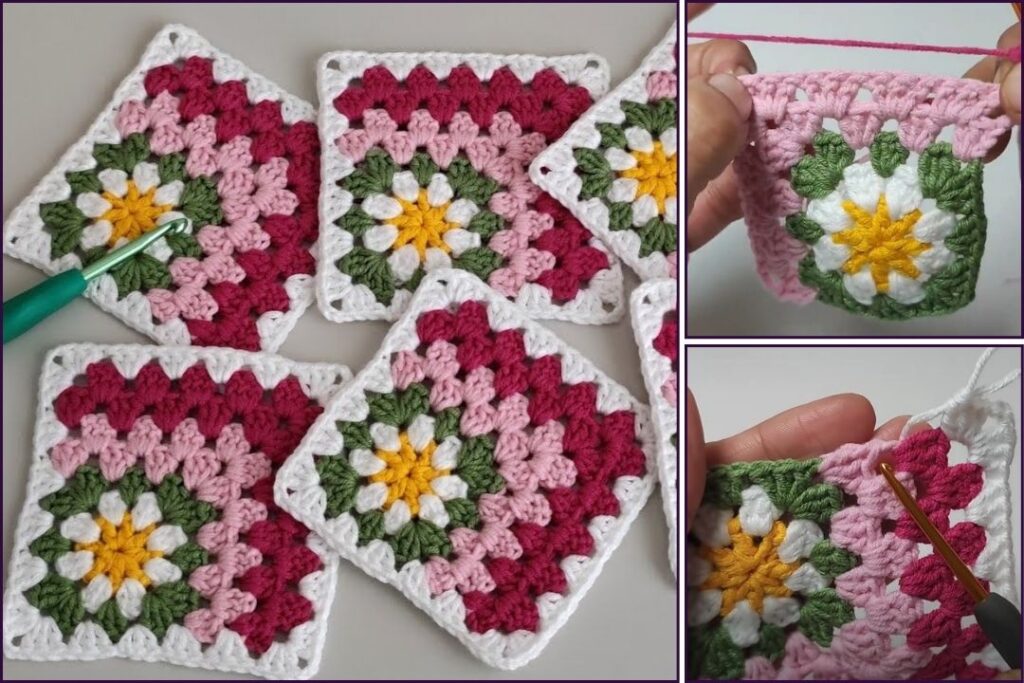
Finishing Your Baby Blanket:
These final steps are what will truly make your blanket look professional and cherished.
- Weave in ALL Ends:
- This is an extremely important step for a neat, durable baby blanket. Use your yarn needle to meticulously weave in every single loose yarn tail (from your starting chain, where you joined new skeins, and where you fastened off).
- How to Weave Neatly: Thread the yarn tail onto your yarn needle. Weave the tail into the stitches of the blanket fabric, going back and forth through the stitches for at least 1.5-2 inches (4-5 cm). Subtly change direction at least once (e.g., weave along a row, then weave back through some of the same stitches diagonally or perpendicular) to “lock” the tail in place and prevent it from unraveling or popping out. For a baby blanket, ensure all ends are very secure so they can’t be pulled out by little fingers.
- Blocking (Highly Recommended):
- Blocking is a process of wetting or steaming your crochet item and then shaping it and letting it dry. It helps to even out your stitches, ensures the blanket lies flat and square, and gives it a professional, finished look.
- Method (Wet Blocking for Acrylic/Cotton):
- Gently wet the entire blanket. You can immerse it in cool water with a tiny bit of baby-safe detergent (rinse very thoroughly!), or thoroughly mist it with a spray bottle.
- Gently squeeze out excess water (do NOT wring or twist!). Roll the blanket in a clean towel and press firmly to absorb as much moisture as possible.
- Lay the blanket flat on a clean, dry surface, a blocking mat, or even a bed with a large, clean towel on it.
- Gently stretch and shape the blanket to its desired dimensions, making sure the edges are straight and the corners are square. Use rust-proof pins to hold it in shape if you have a blocking mat.
- Allow the blanket to air dry completely. This can take 24-48 hours or longer, depending on humidity and ventilation. Ensure it’s completely dry before handling or storing.
Congratulations! You’ve now created a truly beautiful, handmade crochet baby blanket! This soft and cuddly creation is a wonderful testament to your efforts and will surely be cherished by a little one and their family for years to come.
